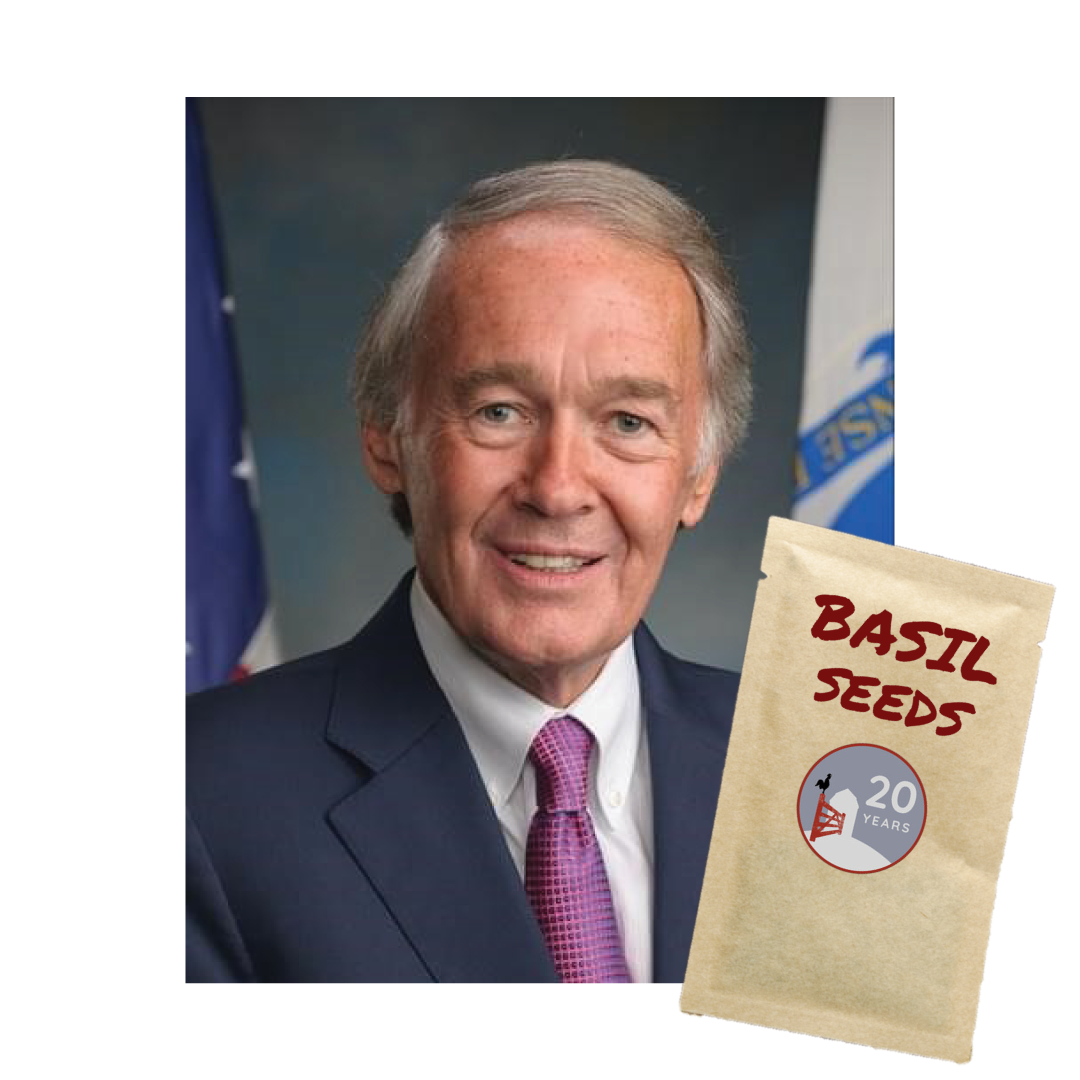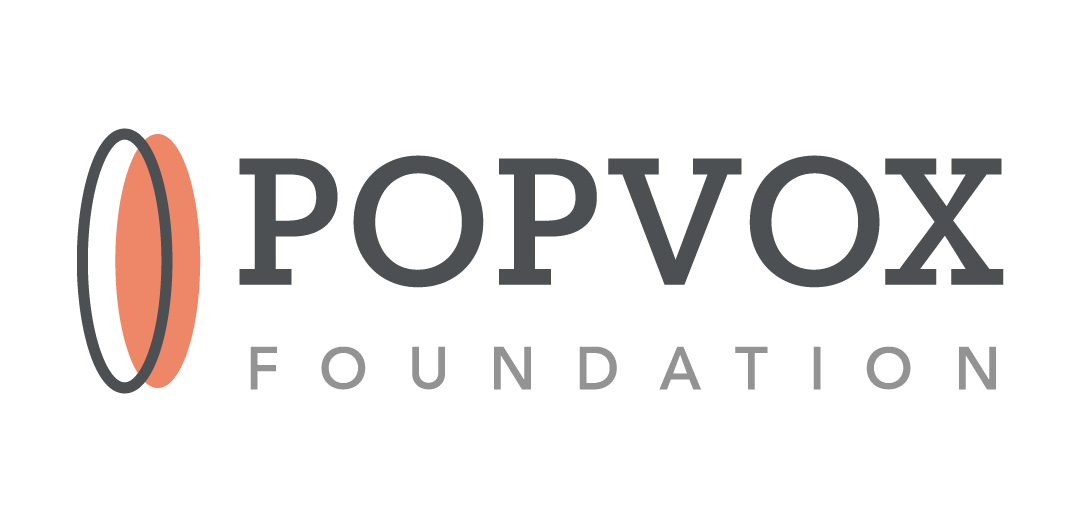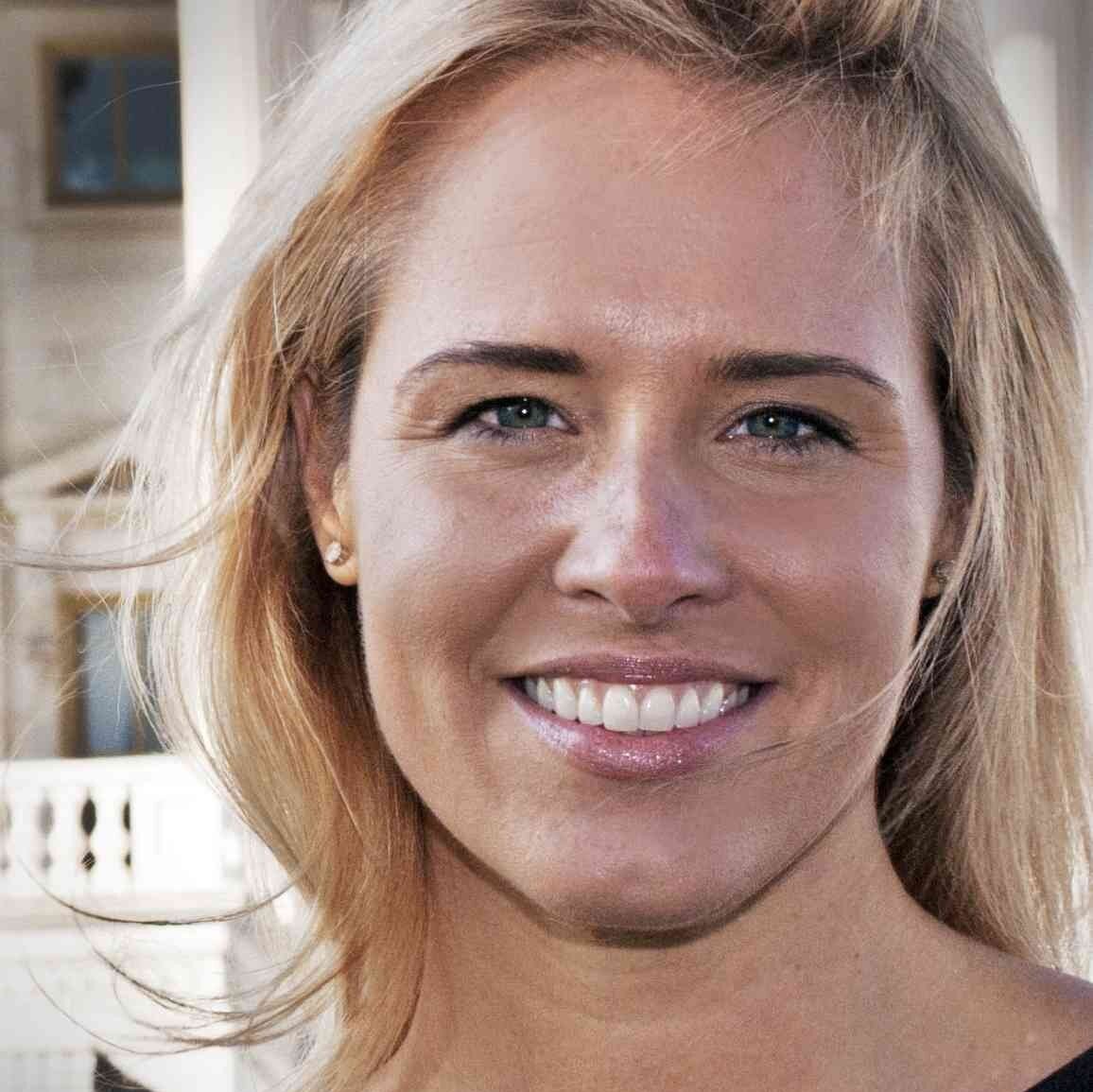DIY Earmarks
A guide to community project funding and congressionally-directed spending requests for local governments and nonprofits
Identify Your Member of Congress
Filing Deadlines & Forms
How to Ask for a Meeting
What to Expect at the Meeting
Be Prepared to Ask Questions
Be Prepared to Answer Questions (especially if you’re a non-profit)
I. What Are Earmarks?
Since 2021, local governments and nonprofits have been able to apply for limited project funding directly through their Members of Congress. These short-term grants are called “earmarks,” and are negotiated by Members of Congress in the annual federal spending process. You may also see them called “Community Project Funding,” or “Congressionally-Directed Spending.” More generally, they are also called member-directed spending requests.
Earmark requests have historically been limited to 1% of Federal discretionary spending in total [more than $15 billion in the process for fiscal year 2023 (FY23)], divided proportionally between the House and Senate and between Republicans and Democrats. The House has clarified for FY24 that it will limit House Member requests to 0.5% of Federal discretionary spending. The total amount of funding available for earmarks in both chambers will remain at 1%.
While earmarks are not a guaranteed source of funding, they may complement organizations’ existing funding sources. They are also an opportunity for small organizations to build relationships and support with their Federal representatives.
II. Rules
To promote transparency and accountability, earmarks are subject to certain rules:
Short Term
Earmarks are requested in bills that direct federal spending for a specific fiscal year. There is no guarantee of funding in subsequent years.
Place-Based
Earmarks are requested for spending in a specific location, rather than for a federal program that may be administered anywhere in the US.
Not Guaranteed
The House and Senate Appropriations Committees have the ultimate say on which requests make it into initial appropriations bills and they frequently award a smaller amount of funding than requested.
Applicable to a Certain Number of Eligible Accounts
Only certain federal accounts are open for earmark requests, limiting the areas of federal spending that can accept earmarks.
Narrow Eligibility
Earmarks are limited to nonprofits and local, state, and tribal governments.
Subject to Audit
The Government Accountability Office will assess the overall process and review a sample of enacted requests.
Specifically Authorized in US Code (House)
For FY24, the House has also required that Members cite the specific legal authorization for projects to ensure projects have a “federal nexus.”
Not for Museums, Commemorations, or Memorials (House)
Projects named for specific people or entities will not be permitted.
III. Eligible Accounts
Areas open in FY24 include:
Education improvement*
Distance learning*
Rural broadband
Agricultural research & management
STEM research & education
Conservation
Conservation education
Water infrastructure & watershed preservation
Forest management
Law enforcement technology
Crime prevention
Criminal justice improvements
Victims’ services
Historical records preservation*
Preservation of historical sites*
Nonprofit security
Emergency operations centers
Pre-disaster mitigation
Employee training & employment services*
Small business initiatives
Entrepreneur training
Health professions education*
Rural health outreach & research*
Telehealth and health IT
Mental health & substance abuse programs
Rural community facilities
Transportation priorities
Economic development
*Only open for requests made through the Senate for FY24.
IV. Case Study: Year-Round Farming Education for Children
Earmark
Year-Round Farming Education for Children
Member of Congress
Sen. Ed Markey [D, MA]
Eligible Account
HHS: Agriculture, Rural Development, Food and Drug Administration, and Related Programs
Project Description
Red Gate Farm Education Center is requesting $150,000 to help complete the construction of a new student housing facility and dining hall. These facilities will expand Red Gate Farm’s capacity to enrich children’s education from 3-season programming to year round farm-based activities that foster growth and self-confidence. Many more children from diverse socio-economic backgrounds will benefit from this investment in our facilities, as the buildings will more than double the number of students the organization can serve annually. Red Gate Farm Education Center currently serves students from across the Commonwealth and New England states.
Amount Requested
$150,000
Amount Enacted in Final Bill
$150,000
Back to top
V. How Do I Request an Earmark?
Identify your Member of Congress
All earmark applications go through individual Members of Congress, who are responsible for taking in applications, vetting applicants, choosing projects, and advocating for those projects with the House and Senate Appropriations Committees.
The first step is to identify your Members of Congress. Most lawmakers will only be open to submitting requests for projects that are either physically located within their district or state or can easily be shown to provide services for a large proportion of their constituents, so it is important to look up the Member of Congress who represents the location of your project. You can look up your representative using Congress.gov. Keep in mind that not every Member participates in earmark requests, so you may want to look at your options in both the House and Senate to maximize your chances of success.
Finding Deadlines & Forms
Your Members of Congress will be responsible for providing the forms you will use to apply for earmarks and setting their own deadlines for when and how to apply. These will likely be slightly different for each Member of Congress, but the majority of deadlines for requests for FY24 will be on or around March 10th.
To stay up to date on applications for your Member of Congress, we encourage you to:
Sign up for your Member’s newsletter
Follow your Member on social media
Call the Member’s office and ask if you can be added to any relevant earmark application announcements
VI. Preparing for a Successful Earmark Request
While official instructions will vary by office, every application will almost certainly require the following information:
Project Description
Keep it short, ideally under 250 words.
Project Location
If you are submitting to a member of the House, it will be very unlikely that your request will be successful if the primary location is outside of the Member’s district or cannot be shown to impact a large proportion of that Member’s constituents.
Project Purpose or Justification
What will your project do to achieve tangible results for residents of this state/district? In a competitive application process, why should your project receive priority?
Project Cost
Is this a reasonable amount for your organization to spend within this fiscal year? If there is a matching requirement or additional funding needed, do you have a plan to secure it?
Project Timeline
Is this request for planning, or is the project “shovel-ready?” If the project will take longer than one year to complete, how will future funding be secured?
Evidence of Eligibility
Evidence of nonprofit status, if relevant; declaration that your project has no financial ties to the Member or their immediate family.
Evidence of Community Support
Requestors applying through the House have been asked to submit evidence of community support for their project, including city council resolutions, op-eds, letters to the editor, and/or other letters of support from community stakeholders. This has not been required for the Senate.
VII. Case Study: Gilbertsville Emergency Services
Earmark
Gilbertville Emergency Services
Member of Congress
Rep. Ashley Hinson [R, IA]
Eligible Account
USDA: Rural Development, Rural Community Facility Grants
Project Description
The City of Gilbertville will use this award to construct a new emergency services building for the rural community. The building would enable Gilbertville to provide emergency services, including fire and rescue services, to its 2,800 residents. The current public safety building is too small to house all the necessary equipment and vehicles, creating slower-response times as volunteers must navigate the packed facility and make stops to retrieve equipment from off-site locations before responding to emergencies. This uses precious time and resources when lives are on the line. The requested funds will support Gilbertville’s new emergency services building, enhancing the safety of every family in this community.
Amount Requested
$500,000
Amount Enacted in Final Bill
$500,000
VIII. Consider Asking for a Meeting
Most Members, whether in the House or Senate, assign specific staff members as points of contact to handle the federal appropriations process, including member-directed spending projects. These staffers serve as liaisons to requestors through this process, from answering questions to notifying you if your request is approved.
How to Ask for a Meeting
Call the Member’s office and ask who handles appropriations and for their contact information. Follow up with a short introductory email noting that you are interested in submitting an application, and ask whether you might be able to schedule time to talk. Most appropriations staffers will be in DC, so you can expect a short (maximum 20 minute) phone call or Zoom meeting. There is no need to go to DC in person.
Some advocacy guides recommend pressing for a meeting directly with the Member or senior staff. While this is sometimes useful in other advocacy contexts, it’s not the best use of your (or their) time for an earmark request. Instead, focus on building a great relationship with the staffer handling the process so they can advocate for you.
One additional option is to request a meeting with your local district or in-state staff. Depending on the office, these staffers may not be directly involved with the appropriations process, but can still be helpful allies.
What to Expect at a Meeting
At an introductory meeting, you’re not pitching your project to win support: instead, you are taking the first step toward a long-term working relationship with this office, seeking expert feedback on whether your project is a good fit for this funding opportunity, and if so, asking whatever questions you need to make your application as thorough and helpful as possible.
The staffer you meet with wants to find out whether your project is a good candidate for the Member’s selection, and whether your organization is a safe and worthwhile bet as a partner on this and other issues going forward.
Plan to cover the basics in 20 minutes or less. The staffer you meet with may not be familiar with your organization’s work, or intimately familiar with the district, so be ready to walk them through the context for your organization and project.
IX. Q&A
Be Prepared to Ask Questions
Do you have advice on which eligible subcommittee account, if any, this project may fall under?
Does the amount we plan to request seem reasonable for this account?
If my project has multiple eligible partners, do you have advice on which partner should submit the request?
Do you have a sense for how your office will conduct its application process this year?
Can you share if there are any particular goals or priorities for your boss on projects to be funded this year?
If we have questions in the process, how would you prefer that we contact you?
What else should we know about your office’s application, and what we will be expected to provide?
If this does not sound like a project that your boss would prioritize as an earmark request, do you have any suggestions for other sources of funding?
Be Prepared to Answer Questions (especially if you are a non-profit)
How long has your organization been operating in the state/ district?
How do you collaborate with other stakeholders in your issue area?
What are your organization’s long-term plans/goals?
How else is your organization funded?
What is your organization’s management structure?
How do you measure your impact, and how will you measure the impact of this project?
Have you considered other funding sources for this project?
Developed By
Bipartisan Policy Center
The Bipartisan Policy Center is a Washington, DC-based think tank that actively fosters bipartisanship by combining the best ideas from both parties to promote health, security, and opportunity for all Americans. Our policy solutions are the product of informed deliberations by former elected and appointed officials, business and labor leaders, and academics and advocates who represent both sides of the political spectrum.
POPVOX Foundation
POPVOX Foundation works “to inform and empower people and make government work better for everyone.” This includes reimagining the concept of “civic infrastructure,” and providing new ways for government to share information and engage the public, with an emphasis on diverse participation and rebuilding public trust.
Franz Wuerfmannsdobler
Franz Wuerfmannsdobler is a Senior Advisor with the Bipartisan Policy Center. He has more than two decades of congressional experience. During his tenure on Capitol Hill, he worked in the offices of U.S. Senators Robert Byrd, Byron Dorgan, and Chris Coons, the last of which he served as the Deputy Chief of Staff and Senior Policy Advisor. He also served on the Senate Appropriations Committee. His policy portfolio has included energy, environment, science and technology, appropriations, and budget issues. Building on these experiences, he is dedicated to improving public discourse and restoring civic trust.
Marci Harris
Marci is CEO and cofounder of POPVOX, Inc., a nonpartisan platform for civic engagement and Executive Director and Co-Founder of the POPVOX Foundation. She later served as counsel to the chairman of the Ways and Means Health Subcommittee in the U.S. House of Representatives, working on the team that drafted the Affordable Care Act. Marci left Capitol Hill in 2010 to create POPVOX.com and has continued to work at the intersection of technology and policy. Marci is a lecturer at San Jose State University and the University of California Berkeley Haas School of Business and an adjunct professor at the University of San Francisco School of Management.
Anne Meeker
Anne is a civic process and democratic engagement nerd, and a former House district staffer. She was a founding member of the POPVOX Foundation team as Director of Special Initiatives. She previously served as Director of Constituent Services for Congressman Seth Moulton, where she worked to use data and technology to deliver smarter casework services to residents of the MA06. Anne holds a bachelor's degree in Anthropology from the University of Oxford (St. Hugh's College), and an MSc in History from the London School of Economics, where she wrote her thesis on presidential memoir.









